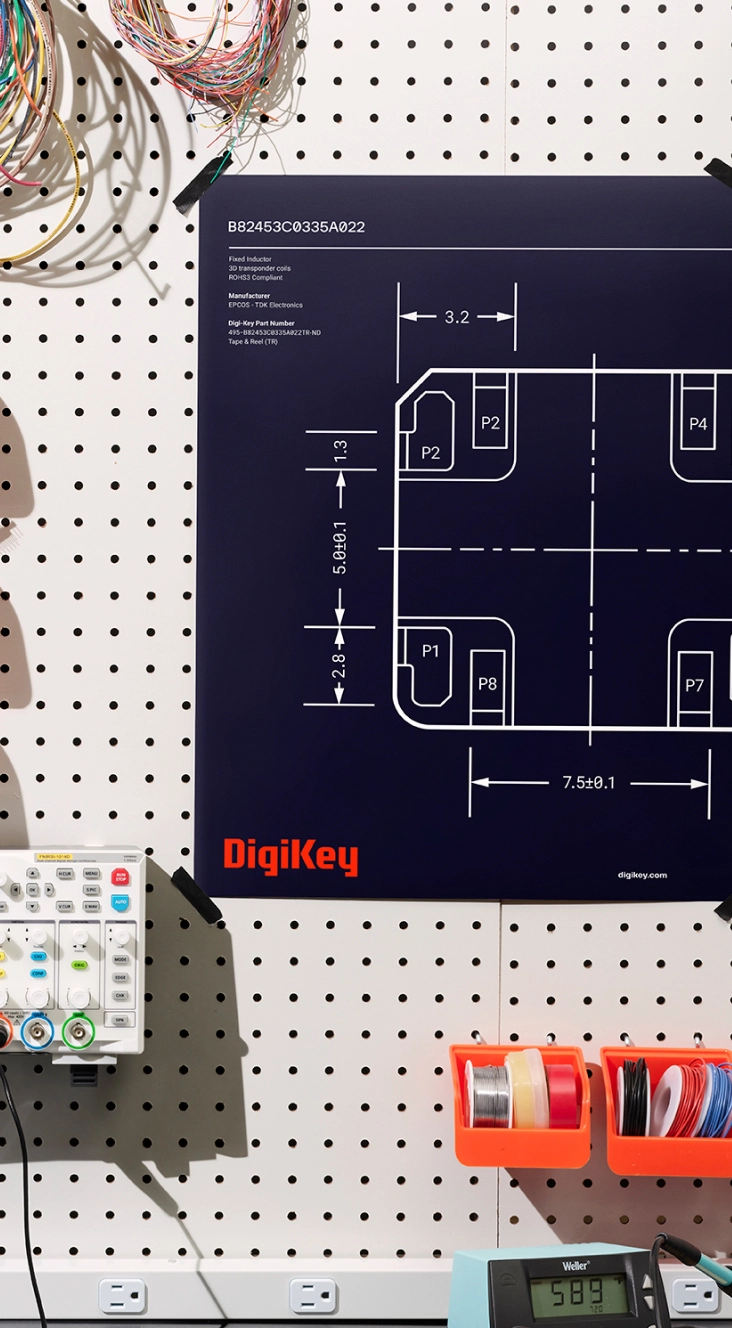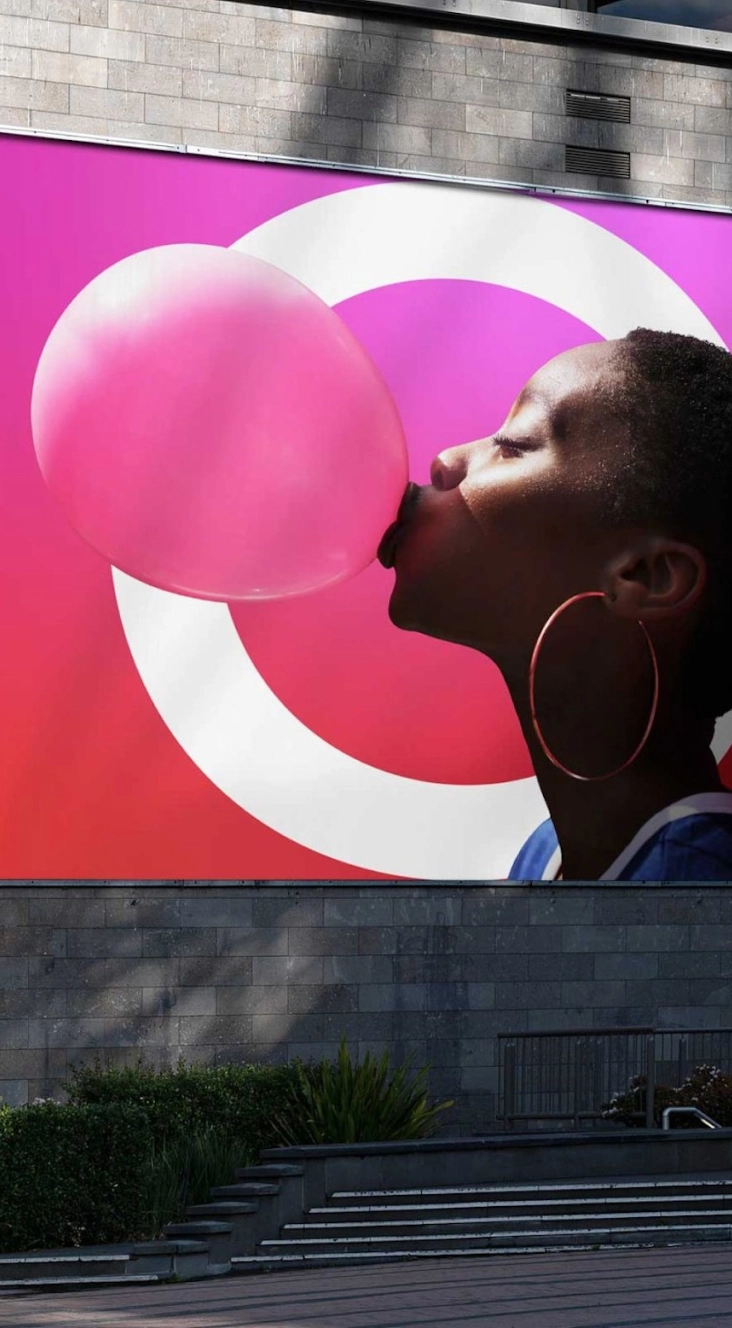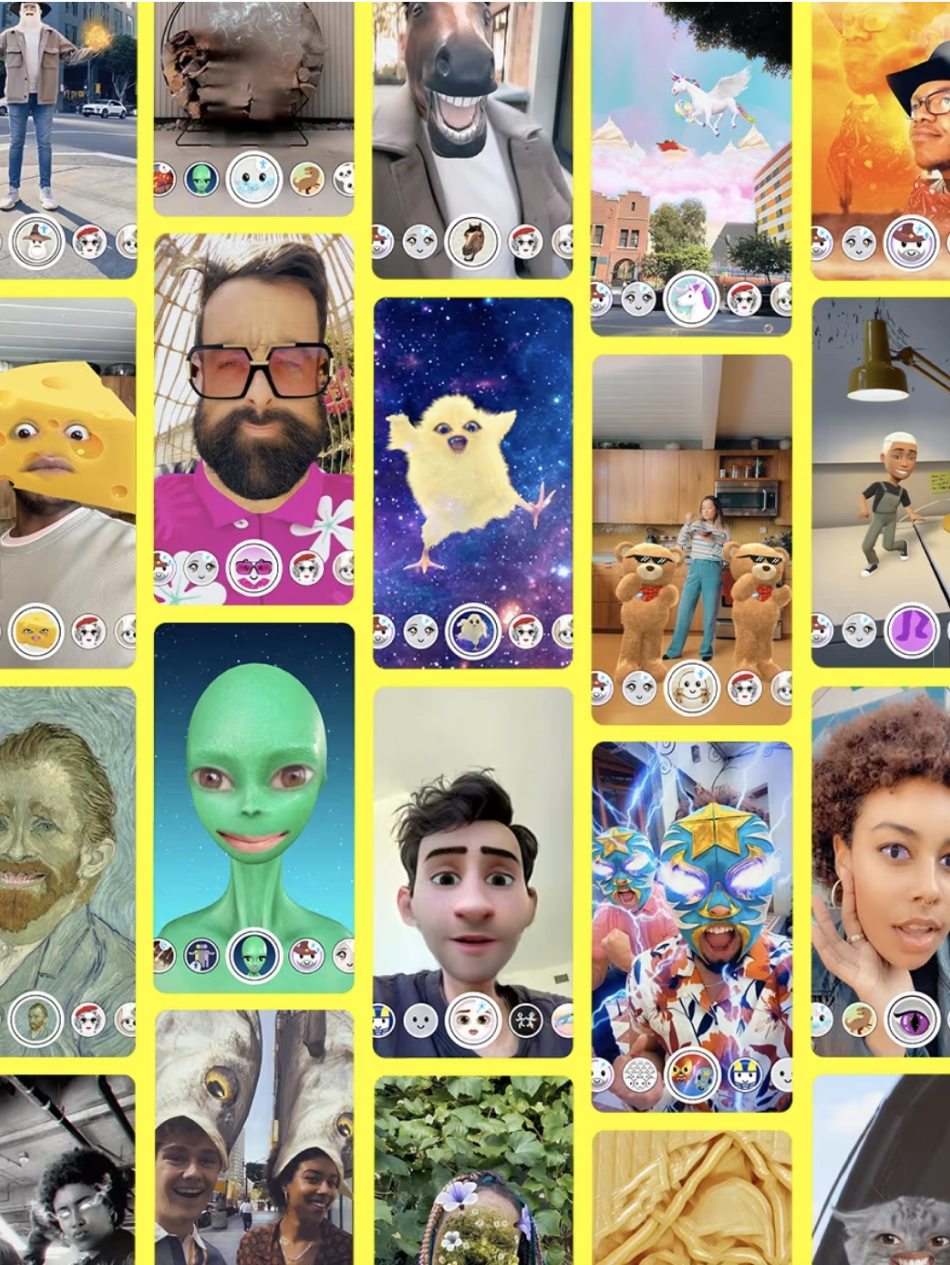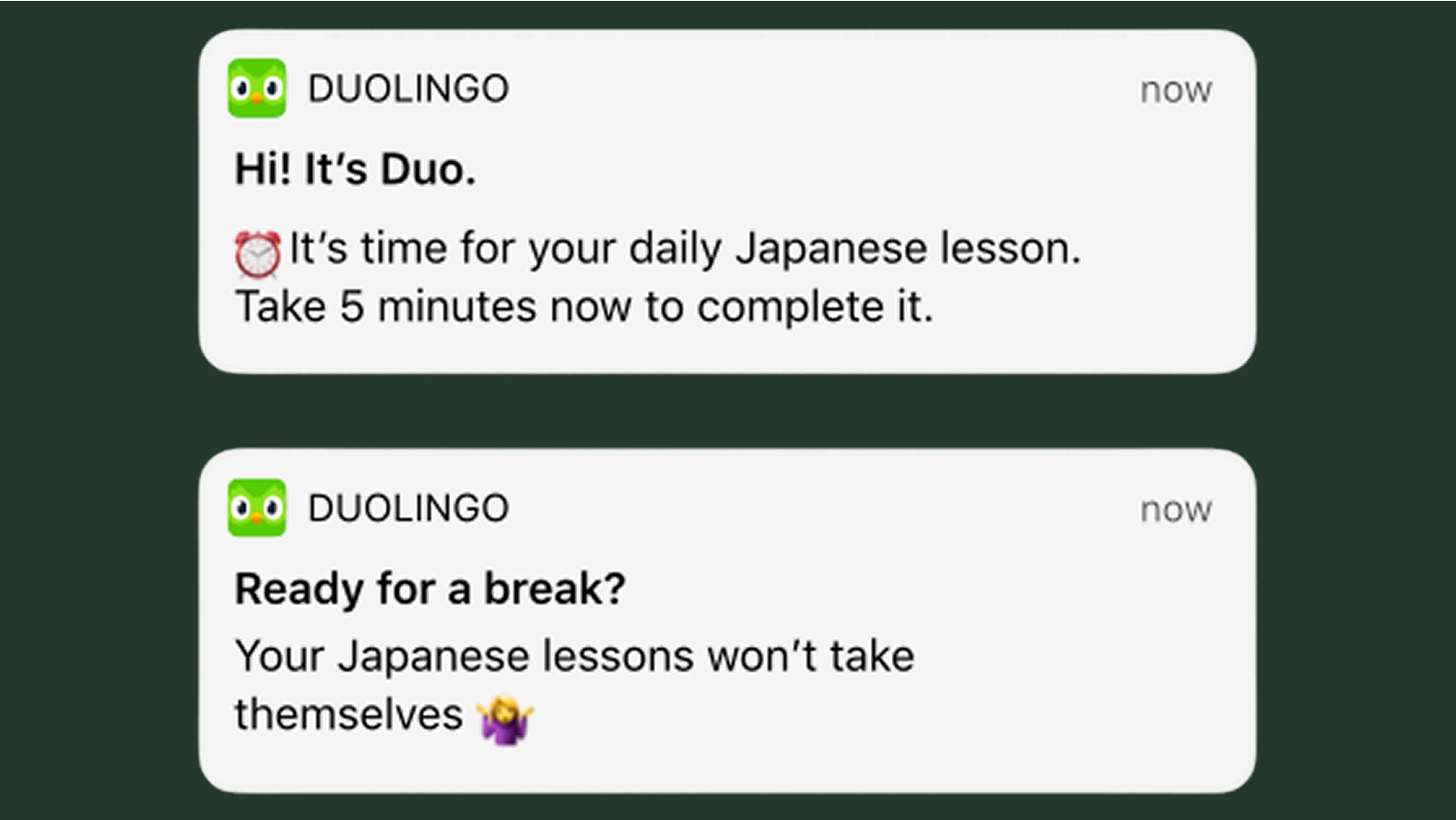August 1, 2025
The age of ephemerality

In the early days of digital transformation, brand success was measured by consistency, presence, and recognition. Brands had to show up everywhere, all the time—with a defined voice, polished campaigns, and a content calendar stretching into next quarter. That was the Human Era: when brands acted like people to earn trust and reliability.
Now, we’re entering something new. Welcome to the ephemeral age: a world where value isn’t held but felt, not stored but surfaced. Powered by systemic digital transformation, brands are evolving beyond being fixed monuments—into fluid presences, appearing when needed, disappearing just as fast—and thriving because of it. In this age, engagement is defined by impermanence, immediacy and context.
For brands, permanence is no longer the goal—presence is. As economic activity increasingly produces ephemeral rather than physical outputs, strategies must shift to recognize digital and intangible forms of customer value creation. Brands and organizations must fundamentally rethink how they create, measure, and sustain value in a world where attention spans are short, memories fade quickly, and digital interactions are momentary. Reframing assumptions around value itself comprises the essential first step on the roadmap towards transition and potential transformation.
Our culture of accumulation has been replaced by a culture of flow. Attention, identity, and status are now managed through momentary expressions—posts, stories, shares, streaks. The things we value most don’t sit on shelves; they move through timelines.
Snapchat pioneered it. Instagram scaled it. TikTok perfected it. Ephemeral formats reward immediacy and fluency, not polish or permanence. Gen Z and Gen Alpha were raised in this logic. They don’t document for the archive—they post for the moment.
Add to that a new generation of intelligent platforms that prioritize context over permanence. Perplexity , with an estimated 22M monthly active users and growing, delivers instant, disposable knowledge. TikTok’s For You Page serves algorithmic vibes in real time, constantly reshuffling attention. Spotify DJ curates ephemeral listening sessions tailored to your mood right now—then moves on, no playlist to be found. These aren’t built to last, they’re built to matter right now. Oops—you missed it. Better luck next time.
This is the foundation of the ephemeral economy: where cultural capital flows through temporary containers. In this world, value isn’t in what lasts—it’s in what lingers.
The brands that thrive in the ephemeral age don’t think like architects—they think like stage designers. They build for a moment, not a monument. They design for re-entry, not permanence. They reward remixing, not preservation. In this world, relevance is rented, not owned. The goal isn’t to be unforgettable. It’s to be unmissable—then gone.
“Designing for ephemerality means designing with urgency and intentionality, knowing your moment will pass.”
The power of temporal design
Emerging generations have only ever lived in a world of disappearing formats. Stories, snaps, and short-form scrolls are sticky not in spite of their brevity—but because of it. These containers reward immediacy, vulnerability, and cultural fluency. They reflect how people actually experience life: in bursts, moods, and flows. (See the flight of the bumblebee for a deep dive on this rhythm-shifting generational logic.)
Designing for ephemerality means designing with urgency and intentionality, knowing your moment will pass.
From ownership to interaction
We’ve exited the ownership economy. CDs, DVDs, cars, even credit cards—these once-defined symbols of personal value are giving way to platforms that optimize for use, not possession. Spotify beats vinyl. Uber beats the car. Fortnite skins beat official merch.
Today, the moment of interaction is the product. Value is no longer in the thing—it’s in the experience of engaging with it. Permanence has been traded for presence.
“Brand equity no longer lives in a single logo or tagline. It lives in repeatable micro-interactions that show up in-context, in-flow, and in real time.”
Signature moments over static assets
Brand equity no longer lives in a single logo or tagline. It lives in repeatable micro-interactions that show up in-context, in-flow, and in real time. Reddit’s upvote. Duolingo’s owl push. Netflix’s ever-evolving thumbnail row. These aren’t just UX patterns—they’re signature behaviors built to be used, again and again, designed to engage users repeatedly within moments without overstaying their welcome.
The design principles outlined above—interaction over ownership, temporal UX, signature behaviors—are no longer theoretical. They’re now executable, thanks to a new layer of intelligence that’s changing how brands behave in real time.
AI is transforming brand behavior—not by generating endless outputs, but by making brands feel responsive, ambient, and alive. The future will be about personal, one-to-one recognition in the moment. Brands will anticipate needs, reduce decisions, and offer the right thing at the right time. This shift from static branding to system intelligence is what will power the living brand.
Consumers don’t want more choices. They want fewer, better ones. AI enables brands to move from offering options to orchestrating decisions. The real shift isn’t from human to machine—it’s from storytelling to sensing. We’re not just talking about short-lived formats anymore. We’re talking about a systemic shift: from consistency to contextuality, from always-on to right-now.
Traditional thinking assumes AI will make brands feel heavier, more embedded. But that misunderstands how intelligence manifests. The brands that thrive in an AI-driven world won’t demand constant presence. They’ll appear in micro-moments, ambient interactions, ephemeral nudges.
Brands will need to shift from commanding attention to earning relevance. From broadcast to trigger. From feed to signal. For example:
- A financial brand that appears with guidance at checkout.
- A wellness brand that quietly nudges you at bedtime.
- A productivity tool that adapts mid-flow, without being summoned.
These brands won’t feel omnipresent. But they’ll feel inevitable at the exact right moment.
The ephemeral economy is a systemic evolution driven by digital innovation and changing human values. It asks brands to reframe value as something deeply felt in the moment rather than something held. Brands and organizations that understand and embrace these dynamics will be positioned for success in an increasingly intangible, experience-driven market.
The best brands won’t be remembered for always being there. They’ll be remembered for knowing the exact right time to be present. Disappearance isn’t failure. In the ephemeral age, it’s the feature.








